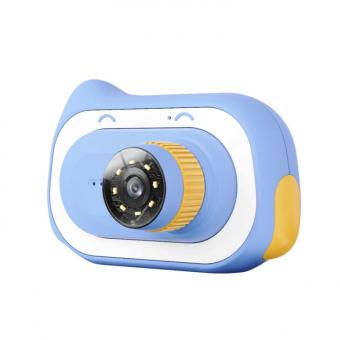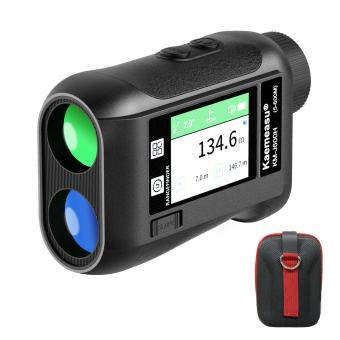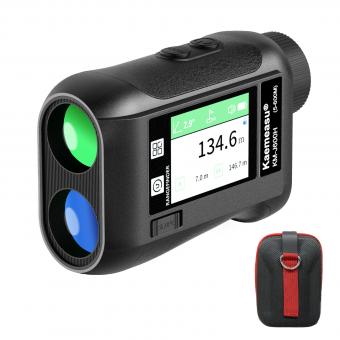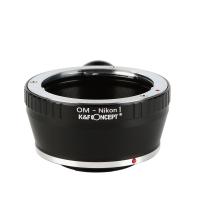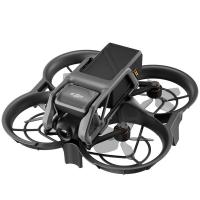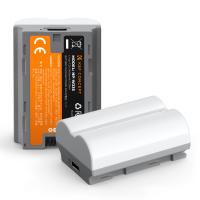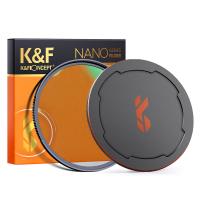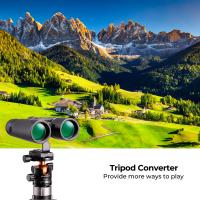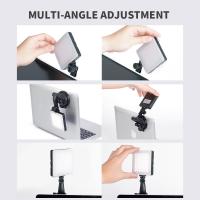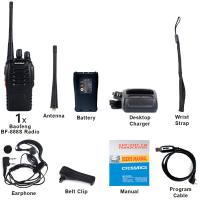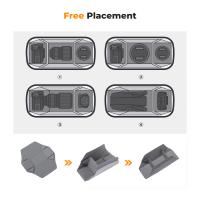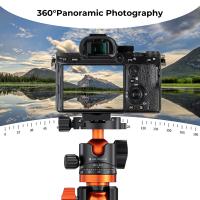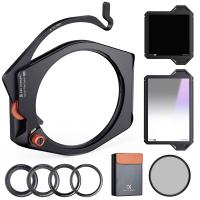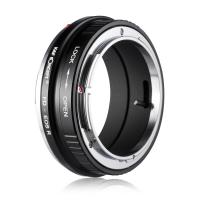Binoculars What Is The Best Magnification ?
The best magnification for binoculars depends on the intended use and personal preference. Higher magnification, such as 10x or 12x, can provide more detailed views of distant objects but may be more challenging to hold steady and have a narrower field of view. Lower magnification, like 8x, offers a wider field of view and is easier to stabilize, making it suitable for general use and activities like birdwatching. Ultimately, the best magnification is subjective and should be chosen based on individual needs and preferences.
1、 Magnification power: Choosing the optimal level for different purposes.
When it comes to binoculars, choosing the right magnification power is crucial for obtaining the best viewing experience. The optimal level of magnification depends on the intended purpose of the binoculars and the specific needs of the user.
For general purposes such as birdwatching, wildlife observation, or sporting events, a magnification power of 8x or 10x is commonly recommended. These levels provide a good balance between magnification and field of view, allowing users to observe distant objects with clarity while still maintaining a wide enough view to track moving subjects.
However, it is important to note that higher magnification does not always equate to better performance. Higher magnification binoculars, such as those with 12x or 16x power, may offer a closer view of distant objects but can also result in a narrower field of view and reduced image stability. This can make it challenging to track fast-moving subjects or observe objects without the aid of a tripod.
In recent years, there has been a growing trend towards compact binoculars with lower magnification power, such as 6x or 7x. These binoculars offer a wider field of view, brighter images, and better image stability, making them ideal for activities like hiking, nature walks, or concerts where portability and ease of use are important factors.
Ultimately, the best magnification power for binoculars depends on the specific needs and preferences of the user. It is recommended to try out different magnification levels and consider factors such as intended use, comfort, and image stability before making a decision.
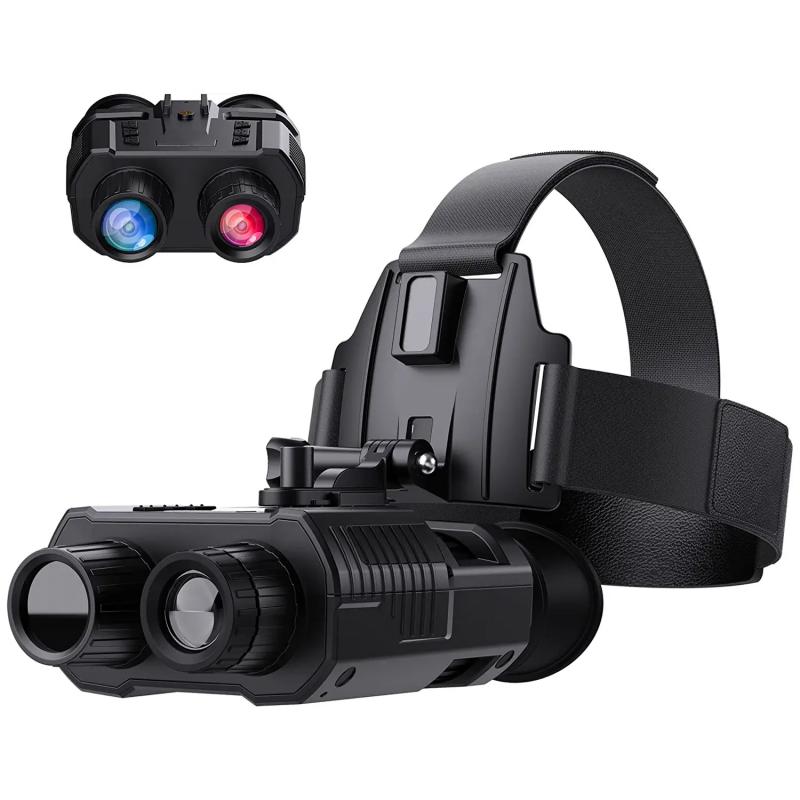
2、 Factors influencing magnification: Considerations beyond just the number.
When it comes to binoculars, determining the best magnification is not solely dependent on a specific number. Factors influencing magnification go beyond just the numerical value and involve various considerations that impact the overall viewing experience.
One crucial factor to consider is the intended use of the binoculars. Different activities require different magnifications. For example, birdwatching or wildlife observation typically benefits from lower magnifications (around 8x to 10x) as they provide a wider field of view, making it easier to locate and track moving subjects. On the other hand, stargazing or long-distance viewing may require higher magnifications (12x to 16x) to bring distant objects closer.
Another important consideration is the stability of the image. Higher magnifications amplify hand movements, making it challenging to maintain a steady view. This is particularly relevant for handheld binoculars. In such cases, image stabilization technology can be beneficial, compensating for hand tremors and providing a clearer image.
The size and weight of the binoculars also play a role. Higher magnifications often result in larger and heavier binoculars, which can be cumbersome to carry for extended periods. It is essential to strike a balance between magnification and portability, ensuring that the binoculars are comfortable to use.
Additionally, the quality of the optics and the size of the objective lens impact the overall image quality. Higher magnifications can reveal more details, but if the optics are of poor quality, the image may appear blurry or distorted. Similarly, larger objective lenses allow more light to enter, resulting in brighter images, especially in low-light conditions.
Lastly, the observer's personal preference and experience should be taken into account. Some individuals may find higher magnifications more suitable for their needs, while others may prefer lower magnifications for a wider field of view.
In conclusion, the best magnification for binoculars depends on several factors beyond just the number. The intended use, stability, size, optics quality, and personal preference all contribute to determining the optimal magnification. It is crucial to consider these factors collectively to select binoculars that provide an immersive and satisfying viewing experience.
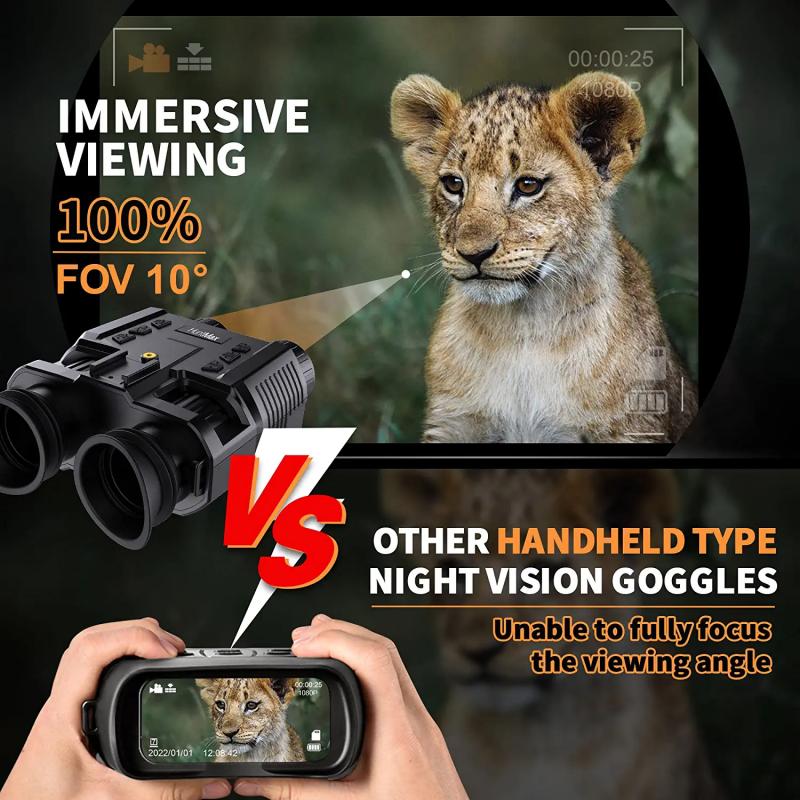
3、 Common magnification ranges: Typical options available in binoculars.
When it comes to binoculars, determining the best magnification depends on various factors such as the intended use, personal preference, and the specific requirements of the user. Common magnification ranges for binoculars typically fall between 8x and 12x, with some models offering higher magnifications like 15x or even 20x.
For general-purpose use, an 8x or 10x magnification is often recommended. These magnifications strike a balance between providing sufficient detail and maintaining a wide field of view, making them suitable for activities like birdwatching, wildlife observation, or sporting events. Higher magnifications, such as 12x or above, can offer more detailed views but may sacrifice field of view and stability, making them less ideal for handheld use.
It's important to note that higher magnifications also amplify hand movements, making it harder to maintain a steady image. This can be mitigated by using a tripod or image stabilization technology, but these options may add bulk and cost to the binoculars.
In recent years, there has been a growing trend towards compact binoculars with lower magnifications, such as 8x25 or 10x25. These smaller binoculars are lightweight, portable, and offer a wider field of view, making them suitable for activities like hiking or travel. However, they may sacrifice some detail compared to larger binoculars with higher magnifications.
Ultimately, the best magnification for binoculars depends on the specific needs and preferences of the user. It is recommended to try out different magnifications and models to find the one that provides the desired balance between detail, field of view, and stability.
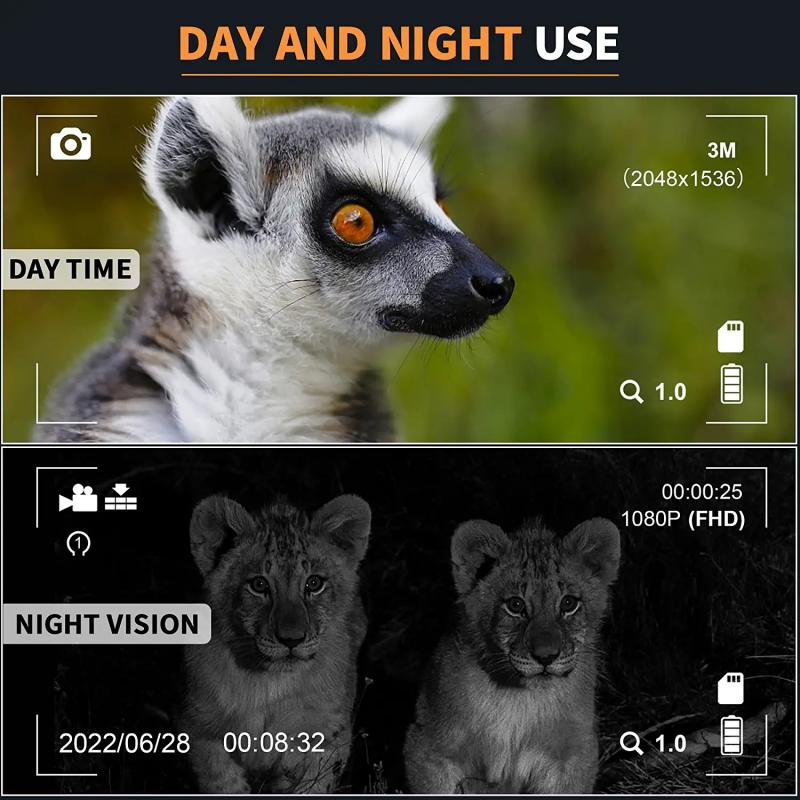
4、 Magnification and field of view trade-off: Finding the right balance.
When it comes to binoculars, finding the right balance between magnification and field of view is crucial. The magnification determines how much closer the object appears, while the field of view determines the width of the area you can see. There is no one-size-fits-all answer to what the best magnification is, as it depends on the intended use of the binoculars.
For general use, a magnification of 8x or 10x is often recommended. These magnifications provide a good balance between bringing the object closer and maintaining a wider field of view. They are suitable for activities like birdwatching, wildlife observation, and sports events, where you want to observe details without sacrificing the ability to track moving objects.
However, if you require more magnification for specialized purposes such as astronomy or long-distance viewing, higher magnifications like 12x or 15x may be preferred. These higher magnifications allow for more detailed observations but come at the cost of a narrower field of view. It becomes more challenging to track moving objects, and image stability can be compromised due to hand movements.
It is important to note that higher magnifications also require more steady hands or the use of a tripod to minimize image shake. Additionally, the quality of the binoculars plays a significant role in the overall viewing experience. High-quality optics can compensate for some of the trade-offs between magnification and field of view.
In recent years, there has been a growing trend towards binoculars with wider fields of view. Manufacturers have been working on improving the optical design to provide wider fields of view without sacrificing magnification. This allows users to observe a larger area while still enjoying the benefits of higher magnification.
In conclusion, the best magnification for binoculars depends on the intended use and personal preferences. A magnification of 8x or 10x is generally recommended for most activities, striking a balance between bringing objects closer and maintaining a wider field of view. However, for specialized purposes, higher magnifications may be preferred, albeit with a narrower field of view. The latest advancements in optical design have also allowed for wider fields of view without compromising magnification, providing users with more options to find the right balance.






